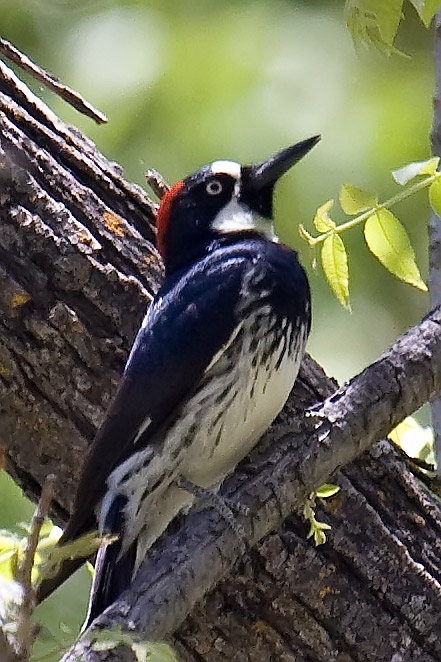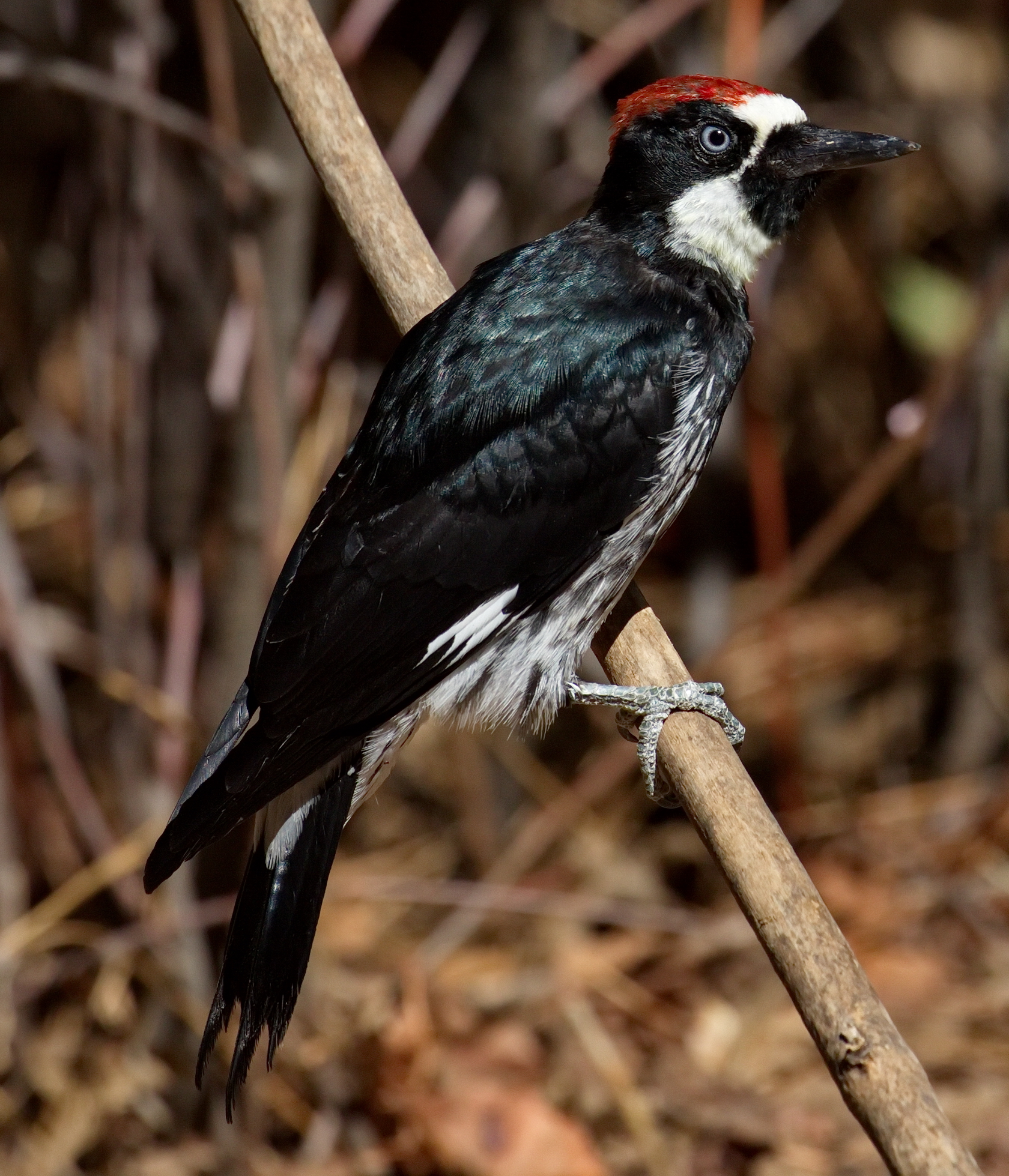

The signs includes a QR code that directs the public to the Apalachee Audubon Society website, so that others can learn more information about the variety of bird species native to Florida. Leon County Parks & Recreation installed signs adjacent to the Eastern screech owl nesting boxes to engage and inform the public on the importance of wildlife conservation. In collaboration with Apalachee Audubon Society, Leon County Parks & Recreation installed 8 Eastern screech owl nesting boxes and 12 blue bird nesting boxes. January 26, 2023: The mud flats are flooded from yesterday’s rain, but it was seen at Lake Elberta Park, around 11:30 AM, along the walking path, southwest corner, and flying down to and perching on weedy wrack. Today, one eBirder posted his sighting, with photos, of the wagtail on an exposed area of dirt at Lake Elberta Park, seen around 7:30 AM. Was still present at 8:00 AM when we departed.” Click to see Photo.įebruary 5, 2023: Intermittent rain events have kept the mudflats at Lake Elberta flooded and no eBird observations were reported between January 29 and February 4.

“Foraging on exposed mudflats on the west side of lake (north side of peninsula) when we arrived at 7:20 AM. Or he may have started his return migration.įebruary 8, 2023: Reported on eBird for the morning, just before 8:00 AM, at Lake Elberta Park.įebruary 6, 2023: Reported on eBird for the morning, seen at Lake Elberta Park. Here's hoping that they will eventually find the other platforms appealing and put them to good use!įebruary 16, 2023: Ongoing episodes of rain have kept the mudflats at both Lake Elberta Park and the Mills Street pond flooded, which may have compelled the wagtail to forage elsewhere. The Ospreys arrived back from migration the second week of February and have been VERY puzzled by the change at the tower and are doing their best to start a nest (see photo below). In response, City staff installed two alternative nesting platforms, one next to the tower, which remains, and another a short distance away.

Over the winter, Sue brought the matter to the attention of the City, which owns the site. They had been using a cell tower (seen in the background of this photo) and when it was decommissioned the structure the birds built on was removed. Kudos to AAS member Sue Hansen and the City of Tallahassee! Sue has been strongly advocating for a pair of Ospreys who lost their long-standing nest site over the winter while they were away on migration.
Natural enrichment for acorn woodpecker update#
Banner photo by Edward Munoz/Audubon Photography Awards.Ĭlick for the latest Nest-building Update s For more information on providing fresh water for your birds, read my post on “ Waterfalls, Ponds and Fountains – Birds Can’t Resist Moving Water.” Then get on over to Birdfreak to see the rest of the entries in Bird Photography Weekly.Watch this space for updates on the re-nesting attempts by a Tallahassee Osprey pair whose favorite nest site was removed over the winter of 2022-2023. These are just a few of the birds I have coming to my water feature to drink and bathe. Western Scrub-Jay Juvenile Getting A Drink Watching as different species of birds fly in and out of your bird bath or fountain, splashing about as their friends look on, or even join in the fun, can be very amusing.Īmerican Goldfinch and Pine Siskin Enjoying The Flowing Water Providing a fresh water source is not only essential for the health of your birds, it provides you with endless entertainment. During the hottest time of the day, you will find them in the shade or in the water trying to stay cool. During these hot summer months, birds will forage early in the morning and in the early evening when the temperatures are more forgiving. Perhaps you have noticed that you don’t see too many birds out and about in the heat of the day when the temperatures are high. Another method birds use to lose heat to the environment is to dilate the blood vessels going to their bare, scaly legs. Since they don’t have sweat glands, one way for passerine birds to lower their body temperature is by panting.

However, when the ambient temperature gets above the bird’s body temperature, they must lose heat through evaporative cooling. Not only is water the body’s main coolant, it also is the transport medium for nutrients into, and waste products out of, the body.īirds have a slight advantage in that their body temperatures range from 104 o to 108 o Fahrenheit. Birds and mammals alike, have a great need for water to survive. It’s summertime and the living is easy, as long as you have water! When the temperatures rise in the summer, birds need a good source of fresh water in which to drink and bathe. Acorn Woodpecker Male Juvenile photos by Larry Jordan


 0 kommentar(er)
0 kommentar(er)
